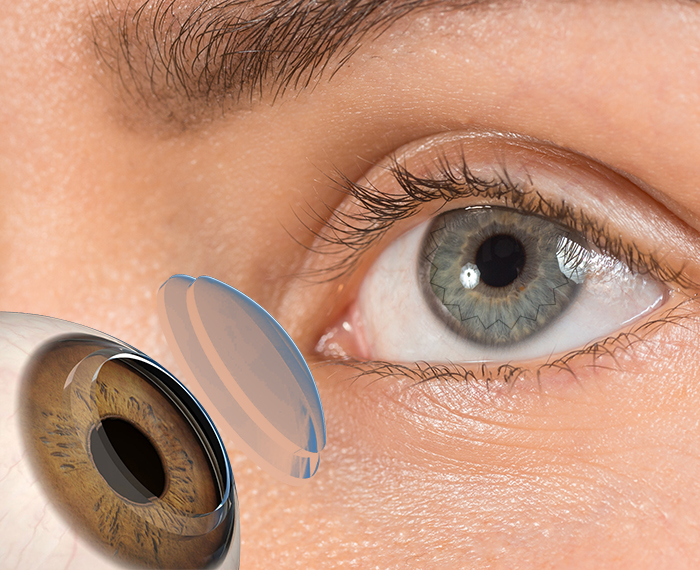
Cornea Transplant
What Is Cornea Transport (Keratoplasty)?
The cornea is a thin, transparent and delicate tissue located in the front of our eye: we can think of it as the glass of a watch: it should be transparent and smooth for visibility. Both the loss of transparency and the deterioration of the normal shape of the cornea – even if the other parts of the eye are intact – lead to vision loss. Corneal layer transplantation (keratoplasty), commonly known as eye transplantation, can restore vision in those who suffer from visual loss due to problems in the cornea. Corneal transplantation is the most common and successful transplant in the world today. This is due to the fact that protection is a vein-free tissue and the risk of rejection is lower than other organs and tissue transplants.

Which Conditions Of Cornea Transport Is Required?
The most common causes of loss of transparency in the cornea are: persistent corneal edema due to endothelial cell failure after previous cataract surgery, corneal opacities due to microbial infections or herpes (herpetic keratitis), corneal opacities following eye traumas, corneal opacities after familial transition dystrophies). Corneal deformities are most commonly seen due to keratoconus disease (corneal tapering and thinning of the cornea layer) and previous eye traumas.
Persistent corneal edema, common corneal opacity and spots, corneal deformity (thinning) due to high astigmatism such as drug treatment can not always be solved: Corneal transplantation (keratoplasty) method is used to restore the patient’s vision. Keratoplasty can also be performed with cataract surgery and intraocular lens placement when necessary.
How To Provide Cornea Tissue To
Be Transported?
Corneal tissue is taken from people who have died due to various reasons but have healthy eyes. The recipient will be screened for the presence of infectious diseases (such as hepatitis, HIV) in the blood of the donor to avoid any disease from the donor. Corneal tissue is obtained from Eye Banks established in certain centers in our country. Thanks to the developing technology, only the corneal tissue is removed from the deceased and the entire eye does not need to be removed; therefore does not change the appearance of the funeral. The corneal tissue taken is placed in special storage solutions and subjected to some examinations by Eye Bank officials. As a result of these examinations, corneal tissue that is suitable for transplantation is delivered to the transplant center for transplantation to the most suitable patient registered in the National Organ and Tissue Transplantation System and the tissue is usually transported to the recipient within a week.
How Make
Cornea Transport Operation ?
Corneal transplantation is preferably performed under general anesthesia. In the operation, the diseased corneal part of the recipient (usually 7-8 mm in the center) is cut by special methods and the transparent and healthy corneal tissue taken from the donor is replaced. In this surgery, the tissue of the donor is sutured to the recipient’s eye with very fine sutures under the operating microscope. The sutures used cannot be seen from the outside with the naked eye, and the eye cannot be understood from the outside after the operation and the eye color cannot be changed. Postoperatively, the patient should be followed up regularly and should use some eye drops, such as cortisone eye drops, for at least 6 months. Corneal transplantation and postoperative follow-up can be performed by physicians who have training and experience in corneal diseases and in appropriate centers.









